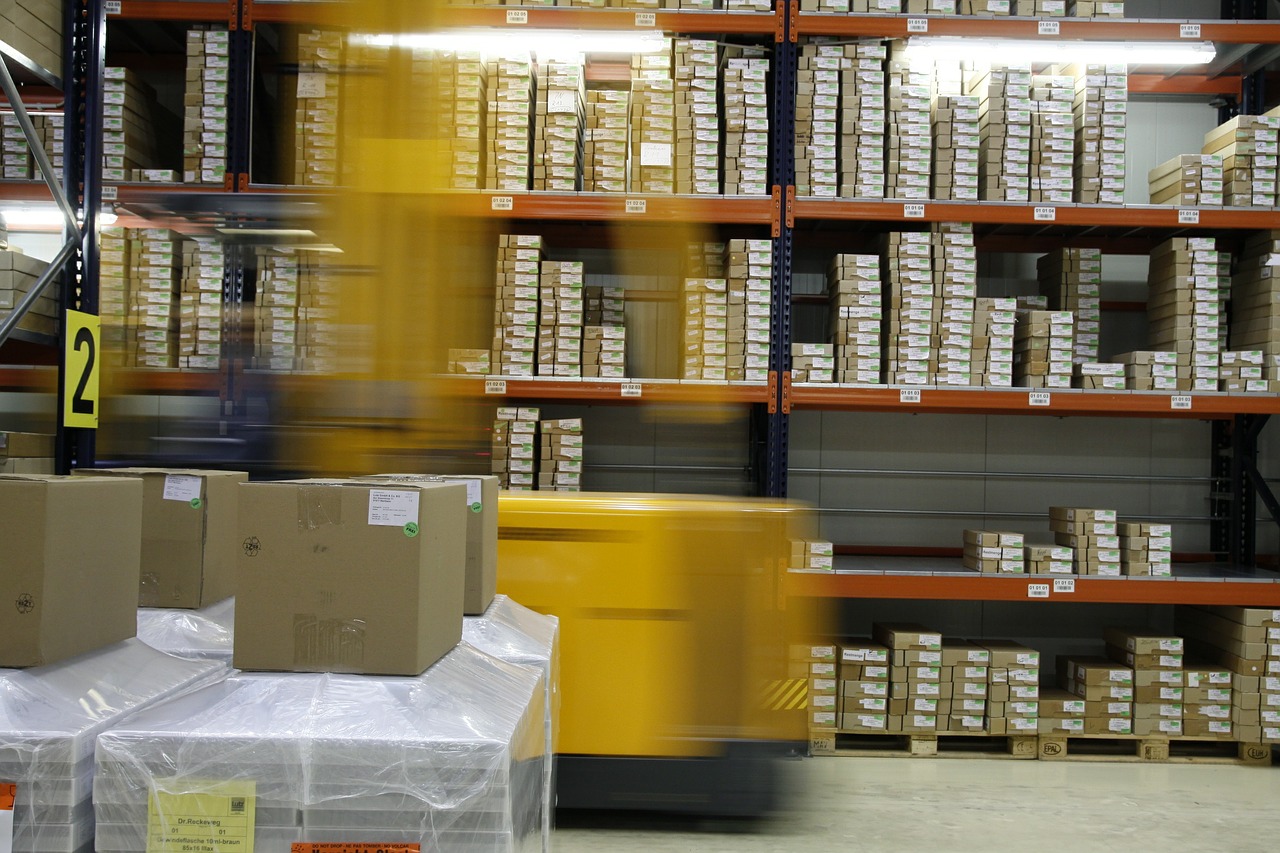When your fulfillment operation runs like clockwork, you’ll have more time on the clock to accomplish other biz objectives. There are plenty of things to do to optimize your back-office operation — you can utilize shipping and inventory management software, forecast inventory accurately to prevent out-of-stocks and stock outs, and more. But what about optimizing your pick and pack practices?
Before we begin, let’s preface this by saying that the way you pick and pack will depend entirely on fulfillment model. If you’re picking and packing products, you’re fulfilling in-house. To avoid the manual work and reduce handling errors by handing the process over to the experts, consider outsourced fulfillment. To avoid having to store, ship, or deal with any inventory at all, consider dropshipping.
Picking an Order Picking Method
Who would’ve thought that there could be a variety of ways to pick and pack products. It’s such a straightforward task — just look at what’s needed for every order, pick the product out of its storage box, and place it into the order’s box.
For a merchant just starting out, picking and packing is likely the easiest part of learning the many ropes of fulfillment. But when an e-retailer starts growing, the importance of the pick and pack process grows as well. Scaling up means a higher order volume to fulfill, and the more orders, the more time spent picking and packing.
It may be minor, but picking and packing is a process that can be optimized to save time and money. Here are the ways you can go about doing it.
Discrete Order Picking
A common and simple picking method, discrete order picking is the furthest from being discreet. How it works: a merchant gets an order, prints out a slip of paper listing the components of the order, and begins picking and packing each item of an order before moving to the next one.
Simplicity is where discrete order picking shines, which is the very reason it’s so commonly used. Every single SKU in an order is plucked from storage and packaged before any other order is touched. Smaller businesses, especially those with smaller product catalogs and order volumes, are sure to use this method. And, because an order is picked and packed to completion before any other order is dealt with, it helps reduce room for error.
Although discrete order picking might be easy and safe, the cost of that simplicity is a lack of efficiency, especially when you’re handling a considerable amount of orders per day.
As you pick and pack an individual orders one at a time, you’re potentially visiting the same location multiple times. For instance, let’s say you’ve got ten orders. Each contains three or more individual SKUs, but a few of the orders share one or more of the same SKUs. If you’re using discrete order picking, you’d fulfill one order at a time, regardless of the fact that you’ll be returning back to the same location multiple times, since SKUs are the same in some orders.
Batch Picking
Batch picking focuses on the efficiency that discrete picking neglects. It’s all about selecting a — you guessed it — batch of orders and picking and packing each one SKU at a time. Instead of focusing on a single order at a time, the focus is now on one SKU at a time, solving that issue of wasting time and energy returning to the same location for the same SKU present in multiple orders.
It’s also a commonly used method (whether a merchant knows they’re using it or not!) because its efficiency is scalable. Your merchant with a modest order volume can apply it just as well as your merchant with four employees paid to specifically fulfill orders.
It does, however, have its limitations. Batch picking gets unwieldy when orders have several SKUs, as it creates more opportunity for error. It’s also a no-go when an order’s physical dimensions are large.
The following two methods are usually reserved for high order volume businesses that pay for storage space and employees that pick, pack, and fulfill orders.
Wave Picking
Wave picking’s very similar to discrete order picking in the sense that an order picker is handling one order at a time. The difference is that groups of similar orders are fulfilled during scheduled time frames (waves). The word “similar” can be based on a few factors:
- Orders containing items stored in close proximity within a storage space can be grouped for a wave
- Orders can be grouped by similar or common SKUs that are often sold together
- Orders with similarly-timed shipping deadlines
- Kitted orders can be picked and packed within a scheduled time frame
It’s also useful if you’re fulfilling orders that require different shipping methods. For instance, let’s say you’ve got a business centered around vintage records. You sell a variety of vintage records, as well as larger products, like record players and stands. The smaller, flat products that can be cost-effectively shipped via USPS, but it’s less costly to ship the larger players and stands via FedEx. If you wave pick, you can set certain timeframes when you pick and pack orders to be shipped by USPS or FedEx. You can even line up those times with a carrier’s scheduled pickup time.
Any merchant can implement a small-scale version of wave picking where they pick and pack groups of related orders at certain times. But the main reason wave picking exists is for those larger businesses that store a considerable amount of product and hire employees paid specifically to pick, pack, and fulfill orders. Oftentimes, by the time wave picking makes a considerable difference in fulfillment efficiency, a merchant’s order volume is high enough to afford outsourcing fulfillment with a 3PL.
Zone Picking
Zone picking means assigning an employee to a specific area within a fulfillment warehouse. When orders arrive, that employee is required to pick all the SKUs within an assigned zone.
For instance, if an order consists of products all located with Joe the Picker’s designated Zone A, he’ll end up picking and packing the entire order. If an order consists of products stored in multiple zones, Joe will only pick and pack the products of Zone A, passing the order on to Zone B afterward.
The goal of zone picking is, as always, efficiency. It’s reminiscent of the tried and true assembly line process that caused the production booms of the 20th century, and it’s able to make way for specialization. Referring back to that vintage record example, let’s say you’re storing a huge amount of records in a warehouse along with stacks on stacks of record players. Records are known to be fragile — ensure employees treat them with specialized care. And to get those stacked record players down from the shelves, hire employees capable of safely operating a forklift.
Wrapping Up
Sure, a picking and packing strategy kind of seems like overkill, especially if you’re an online merchant with much bigger things to sweat over, like shipping costs or traffic building. But make no mistake, the more optimized your picking process, the more time you’ll be saving for those other initiatives. In any case, whether you’re fiddling with discrete, batch, wave, or zone picking, pick the one that aligns most with your style.




